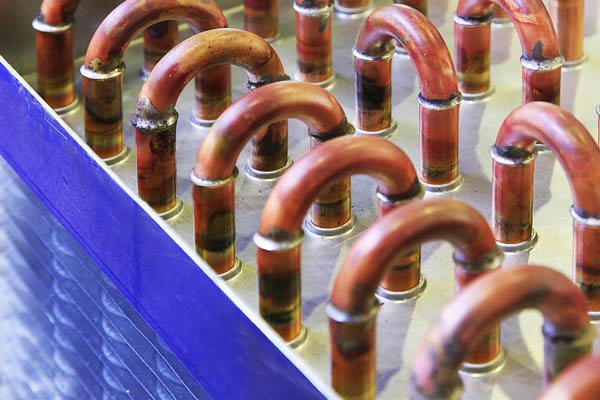
Despite common misconceptions, air conditioners primarily focus on heat transfer rather than directly generating cold air. Their primary purpose is to absorb heat from indoor spaces and release it outside. This process is repeated in cycles, gradually cooling down homes and improving comfort levels. The condenser and evaporator coils play vital roles in this operation; although they may appear similar, they function in contrasting ways to achieve the desired results. Continue reading to discover the distinctions between the condenser and evaporator coils.
Let’s explore the mechanics of central air conditioners and how they operate. The system has two distinct components: the indoor unit and the outdoor unit. These two units are interconnected by tubes that contain a substance known as the “refrigerant.” The refrigerant can absorb large quantities of heat and can transition between gas and liquid states based on pressure variations. When the air conditioning system is activated, the refrigerant flows from the indoor to the outdoor unit and then returns. Now, let’s delve into the role of coils in this process.
What’s The Difference Between Air Conditioner Condenser & Evaporator Coils?
Contents
The Air Conditioning Unit’s Evaporator Coil
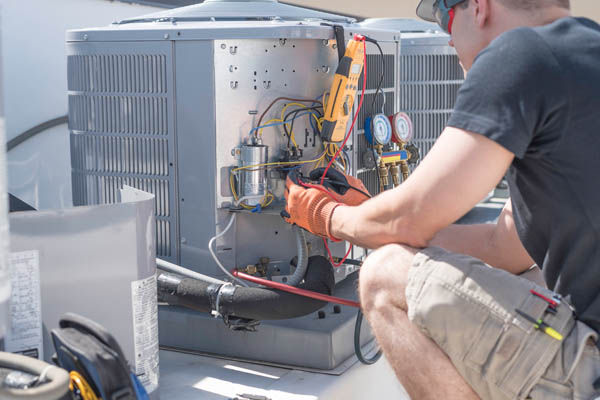
Within the indoor unit, you will find the evaporator coil, which is made from copper tubes. The refrigerant, now extremely cold, circulates through these tubes. The coil is constantly exposed to warm indoor air drawn in by the system’s blower. The refrigerant absorbs its heat as the air passes over the evaporator coil. The cold coils cause water vapor in the air to condense, reducing humidity levels. Once the air has been cooled and dehumidified, the blower sends it back indoors for the occupants to enjoy.
Meanwhile, the refrigerant continues its travel throughout the system. It departs the evaporator coil slightly warmer than when it entered. Through an insulated conduit, it travels to the outdoor unit, a sizable cabinet housing the compressor and the condenser coils. The refrigerant first enters the compressor, which undergoes pressurization, raising its temperature even further. This superheated state facilitates more efficient heat transfer from the refrigerant to the outdoor air.
Related Article: Air Conditioner Makes Loud Noise When Starting
The Cooling System’s Condenser Coil
When comparing the condenser coil to the evaporator coil side by side, you’ll notice that they share similar designs and materials. However, their functions are completely opposite. The evaporator coil’s role is to absorb heat, while the condenser coil’s purpose is to release it. This process of capturing and discharging heat is repeated multiple times until the desired temperature set by the thermostat is achieved. You might observe a distant low hum as the compressor and fans operate.
As the hot refrigerant vapor is rapidly exposed to the environment, it releases heat and cools down, transitioning into its liquid state. An outdoor unit fan assists in this process by blowing outdoor air over the condenser coil. The refrigerant, now in its liquid form, is prepared for its return to the indoor unit’s evaporator coil. It passes through an expansion valve that converts it back into vapor while simultaneously cooling it down. This enables the refrigerant to absorb more heat during the next cycle.
Related Article: Top 7 Things You Should Never Do To Your AC Unit
Air Conditioner Coil Upkeep
Similar to other components of an air conditioning system, both the evaporator coils and the condenser coils require regular maintenance to ensure optimal performance. Fortunately, preventing common issues doesn’t require much effort. Arrange an annual air conditioner tune-up with a trusted HVAC contractor in your area. During this visit, the contractor will take care of the coils and inspect other components to ensure everything is functioning correctly. They will follow a standard maintenance checklist for air conditioning systems, promoting energy efficiency and extending the lifespan of your unit. By staying on top of your cooling unit’s maintenance, you can keep your coils and the entire system in excellent working condition.
Common Air Conditioner Coil Issues
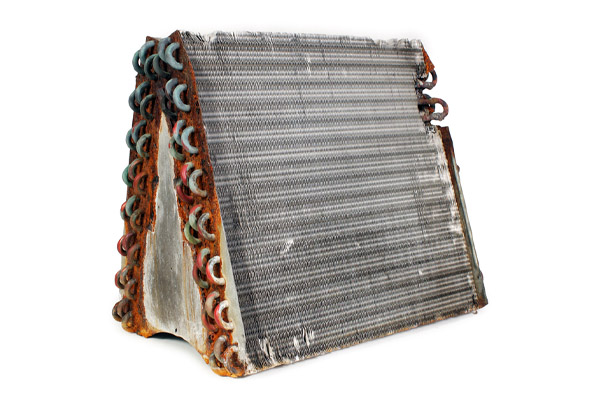
Corrosion
Evaporator coils are typically crafted from copper and aluminum, which are rust-resistant compared to steel. However, over time, they may experience corrosion and pitting, which can lead to the formation of holes and cracks which might not be immediately noticeable to the naked eye. The consequences become evident as refrigerant slowly leaks from the system. Not only can this result in the release of potentially harmful chemicals into the home, but it also impacts the air conditioning system’s performance. With an insufficient amount of refrigerant, the coil cannot effectively absorb indoor heat. Thankfully, HVAC technicians possess the expertise to identify and seal these leaks before recharging the system with fresh refrigerant, restoring its proper functionality.
Dirt
The air conditioning system is susceptible to dust accumulation over time. Particles can find their way into the system, settling on the coils and creating a thick layer of insulation. As a result, it impedes the heat transfer process significantly, hindering the coils from fulfilling their intended functions. The system’s fans must work harder for longer durations to achieve the desired temperature, increasing wear and tear on various components. This excessive workload causes energy consumption to rise above normal levels, increasing energy expenses. Fortunately, regular maintenance serves as a preventive measure to address this issue, ensuring that the coils remain clean and allowing for optimal system performance.
Related Article: Reasons To Avoid Closing Registers For Temperature Control
Mold
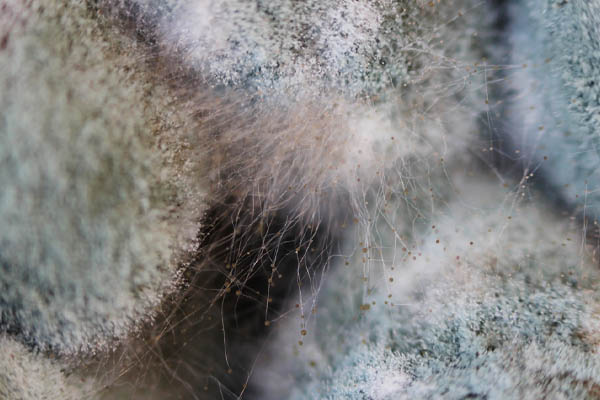
The interior of indoor units tends to be devoid of sunlight, creating a dark and damp environment. Unfortunately, this lack of sunlight provides an ideal breeding ground for fungi and bacteria. Mold and mildew can flourish within the system and utilize the ducts to disperse their spores throughout the house. As a result, indoor air quality deteriorates, negatively impacting the health of the household members. These contaminants can obstruct the airflow through the fins of the evaporator coil, further compromising the system’s performance. To mitigate these issues, implement measures that address mold and mildew growth and ensure proper maintenance and cleaning of the indoor units.
Debris
The outdoor unit of a cooling system is susceptible to debris infiltration. Dry leaves, twigs, and other waste materials can enter the system. If these items accumulate at the bottom, they can obstruct the airflow to the condenser coil. As a result, the release of heat from the refrigerant to the surrounding environment is impeded. To prevent this issue, maintain a clear perimeter around the unit, free from vegetation or any potential sources of debris. Periodic cleaning of the outdoor unit is also vital to ensure optimal airflow and efficient heat dissipation.
Related Article: Ductwork Makes Banging Noise: Causes & Solutions
Refrigerant Problems
Insufficient cooling from an air conditioner can stem from various causes. If the system was previously operating effectively but is now experiencing issues, a potential culprit could be low refrigerant levels. The coils require adequate refrigerant to absorb heat and expel it from the house efficiently. Insufficient refrigerant levels result in inadequate cooling during the summer months and can even lead to frozen coils and system shutdowns. If you encounter these problems, seek assistance from an HVAC expert who can diagnose the issue and provide the necessary solutions.
Related Article: How Does An Air Conditioner Tune-Up Save Me Money?
Conclusion
Air conditioners are ingeniously designed to transfer heat and maintain a cool home environment. This process involves the utilization of a refrigerant that circulates through the coils: the evaporator coil, which absorbs indoor heat, and the condenser coil, which releases heat outdoors. These coils work harmoniously to achieve the desired cooling effect. However, you must be aware of common issues affecting the coils. To prevent these problems, schedule annual professional maintenance for your air conditioning system. This proactive measure helps ensure the coils and the entire system remain in optimal condition.
Related Article: 5 Things To Check On The HVAC System When Buying A New Home
Call PFO Heating & Air Conditioning For All Of Your HVAC Requirements
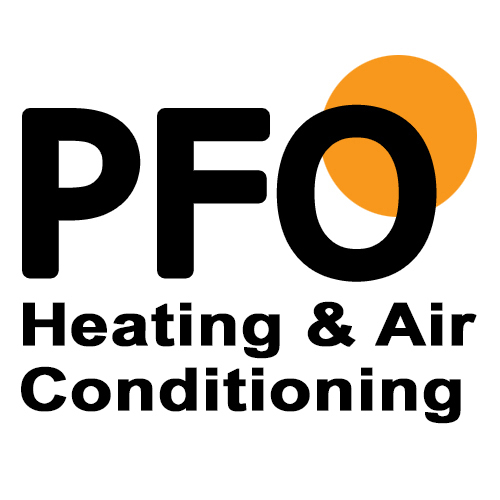
At PFO Heating & Air Conditioning, we take pride in providing top-notch HVAC services in the Greater Hamilton, NJ area. Our team comprises highly skilled and certified technicians who provide exceptional HVAC tune-ups, repairs, installations, and replacements. With their extensive knowledge and expertise, you can trust that your HVAC system will receive the proper care it deserves.
We are committed to offering the most cost-effective and competitive prices for heating and cooling services in the area. Our maintenance services are designed to enhance comfort, improve energy efficiency, and reduce home heating and cooling costs. Whether you require HVAC repairs or a replacement system, we can guide you in choosing the best solution that fits your home and budget requirements. We stand behind our HVAC work with a guarantee to ensure your satisfaction.
To schedule a service appointment, do not hesitate to contact PFO Heating & Air Conditioning today. We also provide free, in-home estimates so you can make wise decisions about your HVAC needs. Experience the difference between our superior services for your heating and cooling requirements.
Click here to contact us now or call us at (800) 253-9001 to find out more! Click the link to view our service area.



